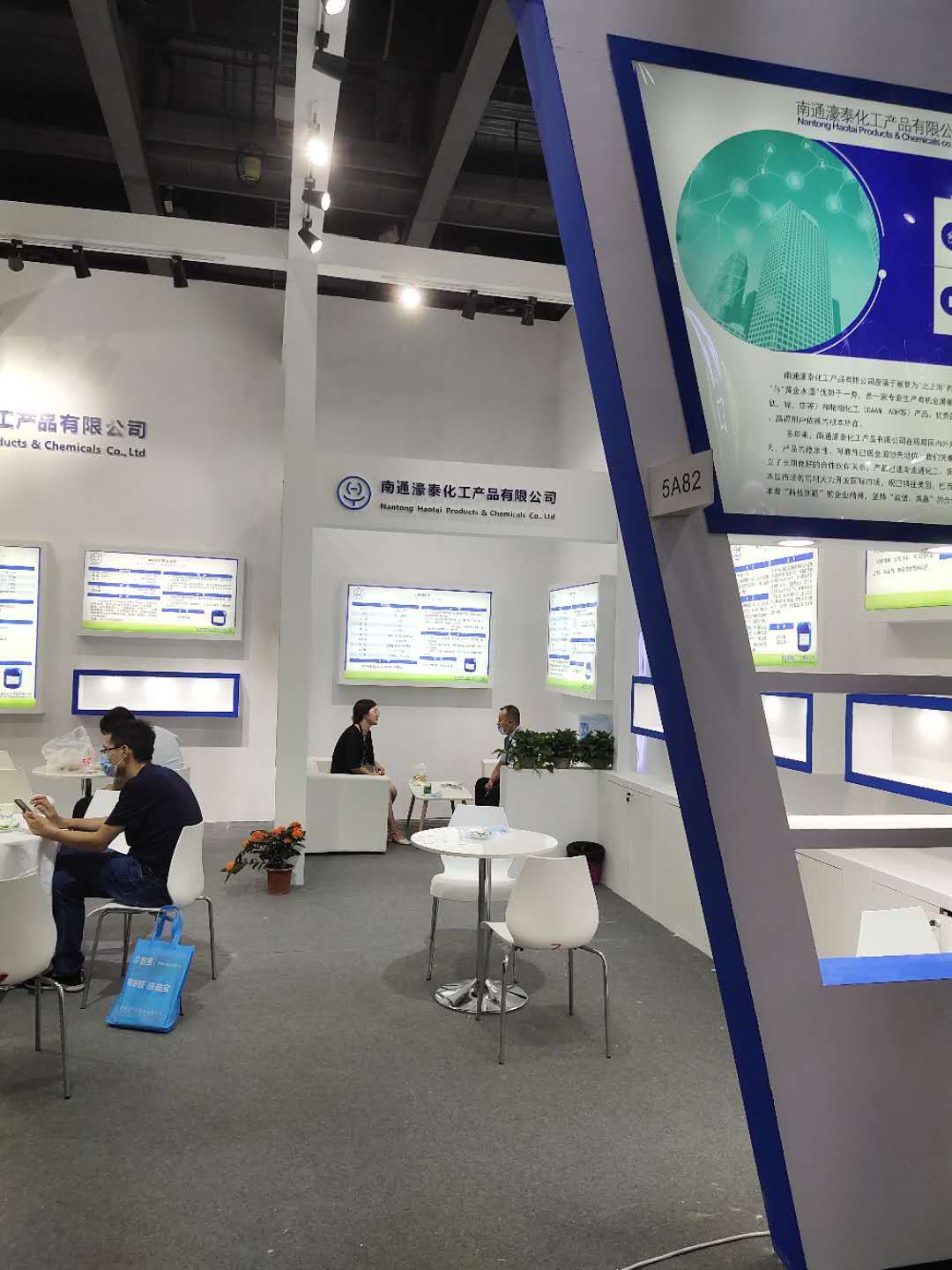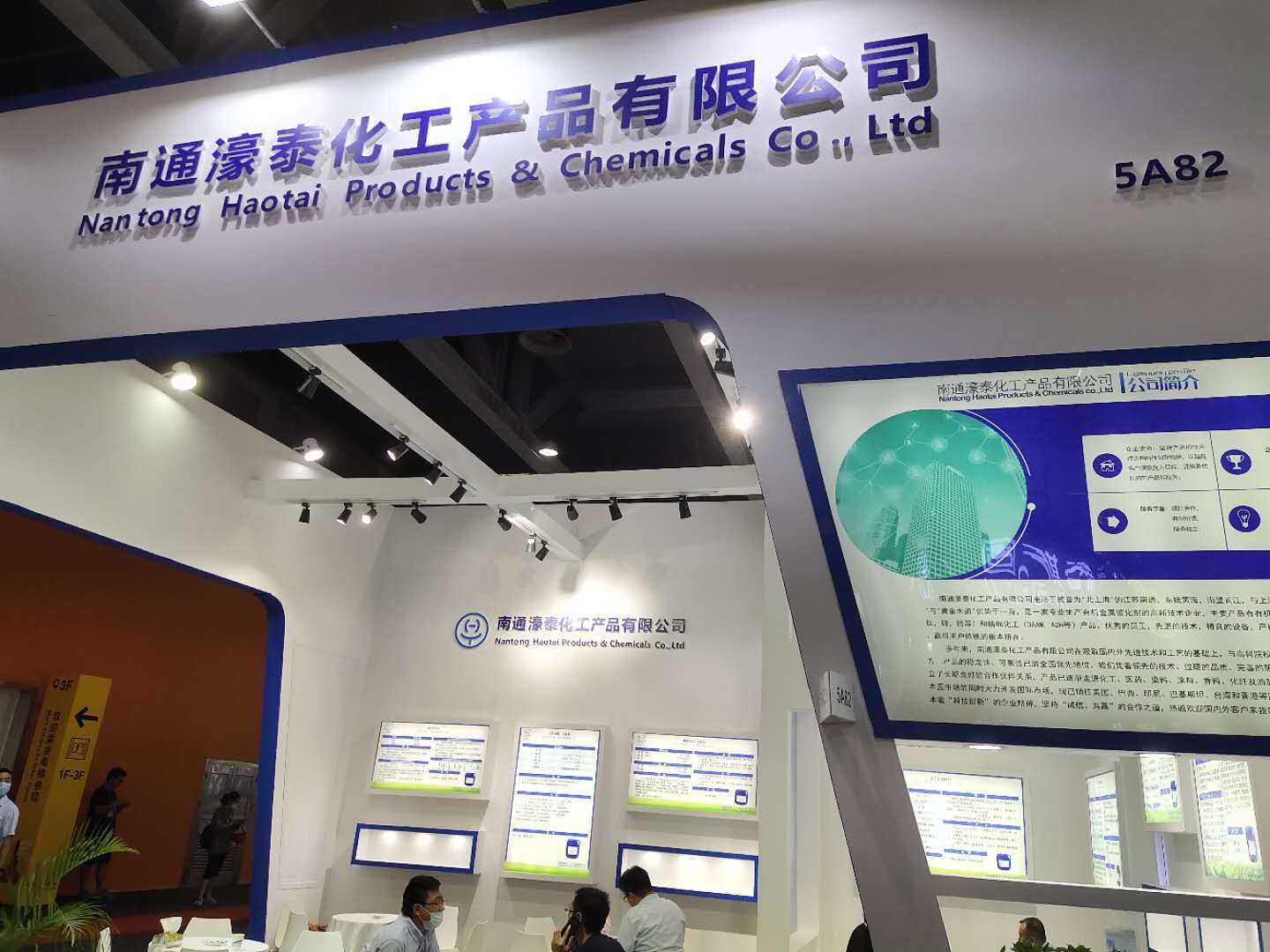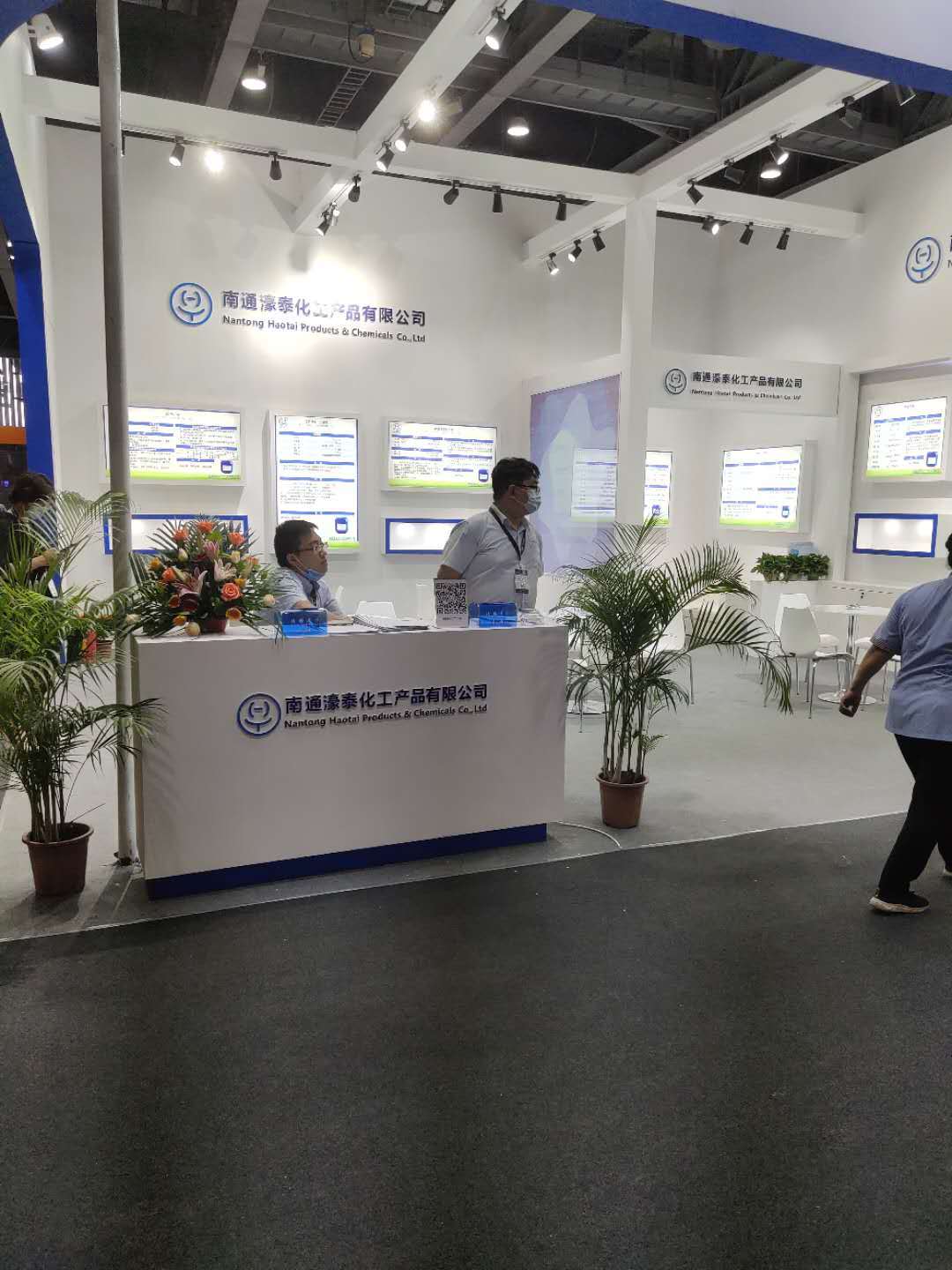
News Center
The 26th Aluminum Doors and Windows Curtain Wall New Products Exhibition-Photo of Haotai Chemical Exhibition
2020-09-08 16:57
The 26th aluminum doors and windows curtain wall new products exhibition



Recommended News
Haotai Chemical Products
Email: ht@haotaichem.com
Tel: +86-513-81063598
Fax: +86-513-81063598
Address: 388 Yongxing Avenue, Gangzha District, Nantong City (4th Floor, Block A, Building 3, Haoying International Energy Center)
Factory Address: Shandong Linyi Industrial Park
Website: www.haotaichem.com
COOKIES
Our website uses cookies and similar technologies to personalize the advertising shown to you and to help you get the best experience on our website. For more information, see our Privacy & Cookie Policy
COOKIES
Our website uses cookies and similar technologies to personalize the advertising shown to you and to help you get the best experience on our website. For more information, see our Privacy & Cookie Policy
These cookies are necessary for basic functions such as payment. Standard cookies cannot be turned off and do not store any of your information.
These cookies collect information, such as how many people are using our site or which pages are popular, to help us improve the customer experience. Turning these cookies off will mean we can't collect information to improve your experience.
These cookies enable the website to provide enhanced functionality and personalization. They may be set by us or by third-party providers whose services we have added to our pages. If you do not allow these cookies, some or all of these services may not function properly.
These cookies help us understand what you are interested in so that we can show you relevant advertising on other websites. Turning these cookies off will mean we are unable to show you any personalized advertising.


Haotai Applet

Mobile Site
Copyright © 2024 Nantong Haotai Chemical Products Co., Ltd. All Rights Reserved.

